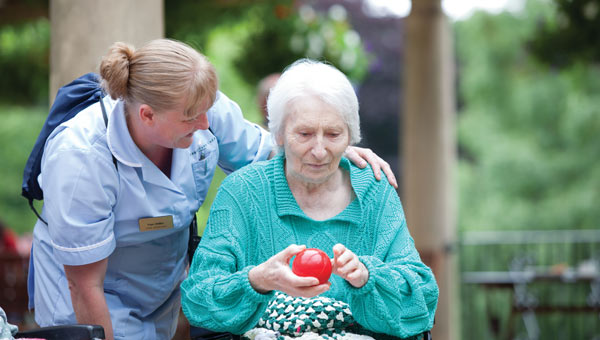The Registration Process for New Care Services in the UK
Establishing a new care service in the UK’s health and social care market requires meticulous planning and adherence to stringent regulatory standards. Central to this process is obtaining registration with the appropriate regulatory bodies, including the Care Quality Commission (CQC) in England. This comprehensive guide aims to elucidate the multifaceted process of registering a new care service, ensuring compliance with the CQC (Registration) Regulations 2009 and the Health and Social Care Act 2008 (Regulated Activities) Regulations 2014.
Understanding the Registration Requirements

All care services engaging in regulated activities in England must secure registration with the CQC. Similar bodies exist for other UK countries, each with their specific regulatory frameworks. The registration process involves demonstrating compliance with national standards, particularly addressing the CQC’s five key questions: Is the service safe, effective, caring, responsive, and well-led?
The Application Journey: A Step-by-Step Guide

- Preparation for Registration:
- Determine the nature of the regulated activity your service will provide, such as domiciliary care, nursing, or personal care.
- Ensure understanding of the legislative requirements, including the Care Act 2014 and the Health and Social Care Act 2008.
- Application Process:
- Choose the appropriate application form based on your service type (e.g., residential care, domiciliary care).
- Submit the required supporting documents, which vary depending on the service type.
- DBS Checks and Statement of Purpose:
- Obtain a CQC-countersigned DBS number. Note that this process can take up to eight weeks.
- Prepare a comprehensive Statement of Purpose, reflecting the legal status, aims, objectives, and details of the proposed registered manager.
- Financial Viability and References:
- Provide financial statements and references to confirm the care provider’s “fitness.”
- Use the CQC’s letter template for financial statements, available on their website.
- Completing the Application:
- Utilize the CQC’s online Provider Portal for a streamlined application process.
- Ensure all information provided is consistent, accurate, and comprehensive.
- Post-Application Procedures:
- The CQC will conduct a validation process, followed by an assessment to verify compliance with registration standards.
- Prepare for possible on-site visits or interviews.
- Anticipating the Outcome:
- Understand that the CQC’s decision could range from full registration to rejection or conditional approval.
- Be prepared to address any conditions set by the CQC to achieve compliance.
Common Pitfalls to Avoid

- Incomplete or inaccurate application forms.
- Lack of comprehensive supporting documents.
- Failure to demonstrate compliance with the fundamental standards.
After Registration: Ongoing Compliance and Inspections
Once registered, care services must maintain high standards of care and compliance. The CQC conducts regular assessments and inspections to ensure continuous adherence to regulatory requirements. Providers must also pay an annual registration fee to remain registered.
Appealing CQC Decisions

In cases of dissatisfaction with the CQC’s decision, providers have the right to appeal. This can be done initially through the CQC, and if necessary, escalated to the First-tier Tribunal – Care Standards Appeals.
Conclusion
Registering a new care service in the UK is a complex but crucial process, ensuring the highest standards of care and safety for service users. By meticulously following the steps outlined, prospective providers can navigate the registration maze with confidence, laying a strong foundation for a successful and compliant care service.
Further Resources
For detailed guidance and resources, visit the CQC website (https://www.cqc.org.uk) and consult specific publications related to your service type. Remember, staying informed and proactive is key to a successful registration and ongoing compliance in the UK health and social care sector.






